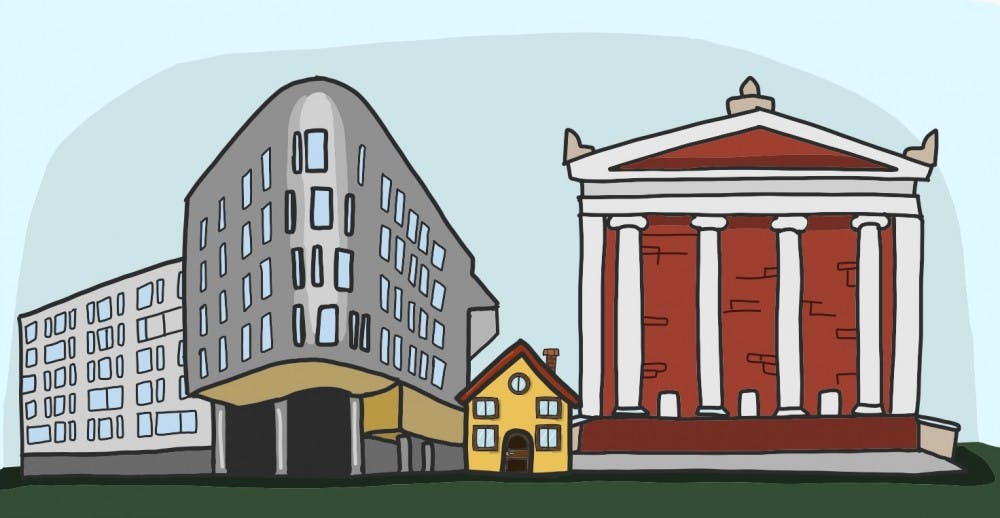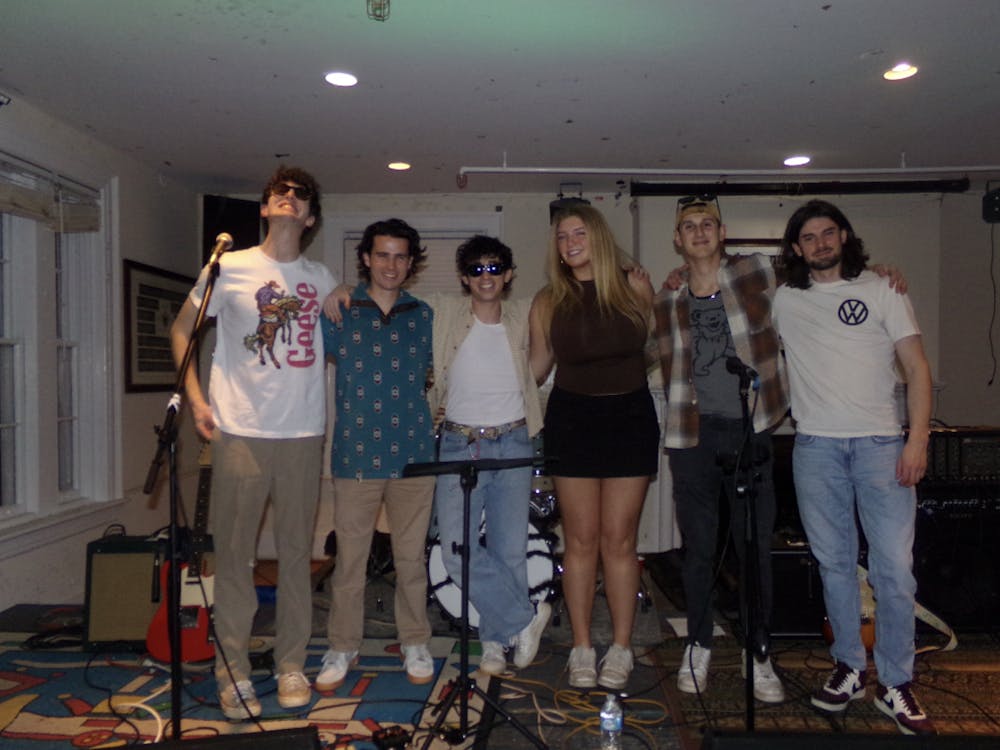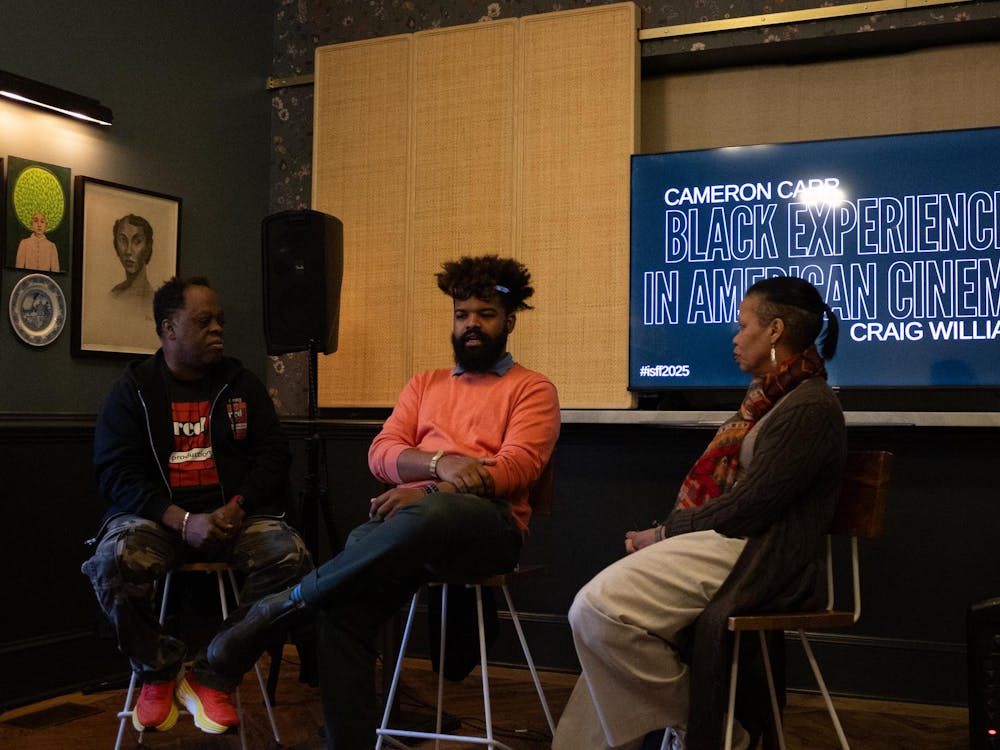The architecture of the University is lauded and admired on an almost daily basis, with everyone from the University Guides Service, the Virginia Department of Historic Resources and the University itself connecting how the architecture of U.Va. reflects the ways in which its founder wanted to revolutionize the higher education system. The dual-purposed living and learning community of the Academical Village was designed to encourage learning from one another, and the Neoclassical style of Grounds indexes inspiration from the Greeks, the inventors of democracy Jefferson so admired.
There exists a twisted irony in the design of the University Grounds, the heart of which lies in its founder, a slave-owner who claimed freedom as a personal value and tenet of the University. Enslaved laborers built the University, a place meant for collaboration and inclusion, yet they were not only excluded, but actively exploited by it. The public gardens behind the Pavilions were once used to house enslaved people owned by professors, including the enslaved man known as Lewis — referred to by students at the time by the degrading nickname “Anatomical Lewis” — who was assigned to staff the infamous Anatomical Theatre.
The University’s outward appearance is characterized by a similar contrast, whether it be red bricks against white columns or the curvature of the Rotunda adorned by the sharp edges of a triangular pediment. These juxtaposing elements appear everywhere around Grounds, resulting in a look that is as cohesive as it is isolating, especially in comparison to the greater Charlottesville community.
The Neoclassical design mostly disappears a few blocks past the Corner, with the University Baptist Church essentially being the last sight of if it. There are isolated examples in the area of the Downtown Mall, those being the buildings that house the Albemarle Charlottesville Historical Society and the Jefferson-Madison Regional Library, both of which are results of donations from segregationist and University supporter Paul Goodloe McIntire. Perhaps this would explain the sudden presence of Jeffersonian architecture.
These buildings stick out like a sore thumb, the antiquated brick and traditional columns operating in stark contrast to the bustling pedestrian mall, indexing a distinct separation between the University and the community surrounding it. It’s as if the architecture of the University is encroaching where it does not belong, not building a connection but emphasizing a distinct difference between the two spheres of Charlottesville.
This idea of the University encroaching on the greater Charlottesville community is not new. In 1965, the historically black Vinegar Hill neighborhood between the University and Downtown was razed in the name of “urban renewal,” supposedly to make room for expansion of businesses and high-quality apartment options. The ongoing process of gentrification seen in Charlottesville today rings eerily similar, with several luxury apartment complexes and retail spaces cropping up on West Main Street over the past few years.
These buildings are characterized by elements of the Modern architectural style, like floor-to-ceiling windows, pops of neon and geometric shapes — a prime example of all three is Lark on Main, with its tiled, triangular exterior — but many new buildings in the area feature some or all of these architectural features. These apartment buildings mostly house students who choose to live off Grounds, luring University students in with luxury amenities like pools, coffee bars and gyms. These features don’t come cheap, for those leasing or for the community surrounding the University, causing property values to rise exponentially and forcing lower-income residents out of the community.
The look of a place creates a sense of belonging, and in Charlottesville, the outward appearances of University buildings and housing options creates a sense of who belongs where in this city. The University is characterized by two opposing architectural styles — the traditionalist Neoclassical and the hyper-Modern.
Though the two may look to be antonyms of each other, one characteristic of the past and the other of the present or the future, they very much operate the same way. The stark contrast of the look of the University to the rest of Charlottesville and the razing of old buildings to put up expensive luxury housing marketed to students both reinforce the idea that the University and Charlottesville are two separate entities. Ingrained in the architecture of the University, both past and present, is the exclusion of certain communities of people, sending a message that there exists a wide gap of difference, despite close physical proximity.







